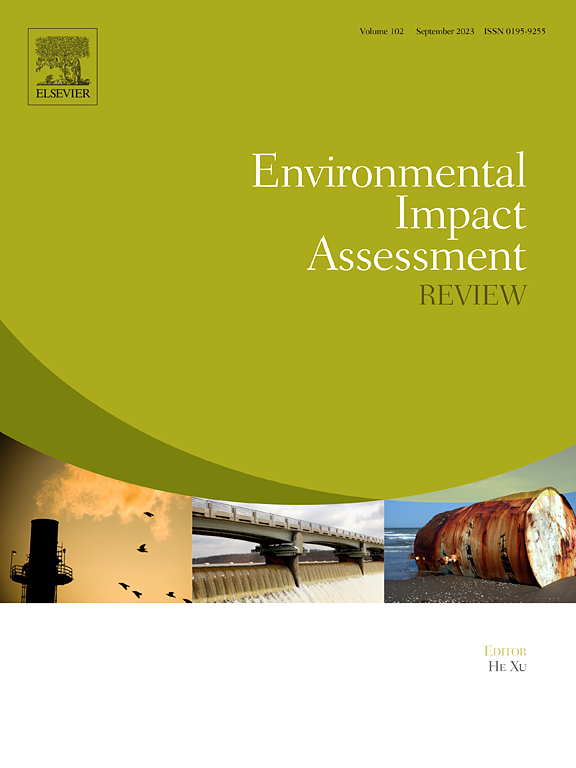Sustainable water use in tourism: Decomposition of water footprint socioeconomic drivers in Chinese administrative units
IF 9.8
1区 社会学
Q1 ENVIRONMENTAL STUDIES
引用次数: 0
Abstract
Water scarcity is a critical challenge to sustainable growth in rapidly urbanizing economies like China, where the tourism sector—particularly the restaurant and hotel industry—drives substantial indirect water consumption through extensive supply chains. Despite its significance, research on the sector's water footprint at the urban level and the socioeconomic drivers influencing its changes remains limited and underexplored. This study addresses these gaps by employing structural decomposition analysis and a multi-regional input-output model to analyze the water footprint of China's restaurant and hotel sector across 313 administrative units from 2012 to 2017. Key drivers, including water use efficiency, trade structure, production efficiency, and regional affluence, are identified. Results reveal a national decline in the sector's water footprint, with stark regional disparities. Between 2012 and 2015, structural improvements drove reductions, while rising wealth offset gains. From 2015 to 2017, efficiency gains dominated reductions but were partially counterbalanced by economic growth. This study highlights the importance of addressing direct and indirect water use, providing valuable insights into the socioeconomic factors shaping water use and offering a foundation for targeted, region-specific water resource policies.
旅游可持续用水:中国行政区划水足迹社会经济驱动因素分解
在中国这样快速城市化的经济体中,水资源短缺是可持续增长面临的重大挑战。在中国,旅游业,尤其是餐饮业和酒店业,通过广泛的供应链间接消耗了大量水资源。尽管具有重要意义,但对该部门在城市层面的水足迹及其影响其变化的社会经济驱动因素的研究仍然有限且未得到充分探索。本研究采用结构分解分析和多区域投入产出模型,分析了2012 - 2017年中国313个行政单位的餐饮和酒店行业的水足迹,解决了这些差距。确定了关键驱动因素,包括用水效率、贸易结构、生产效率和区域富裕程度。结果显示,该行业的水足迹在全国范围内下降,地区差异明显。2012年至2015年期间,结构性改善推动了减排,而财富增长抵消了收益增长。从2015年到2017年,效率提高主导了减排,但部分被经济增长抵消。本研究强调了解决直接和间接用水问题的重要性,为影响用水的社会经济因素提供了有价值的见解,并为有针对性的区域水资源政策提供了基础。
本文章由计算机程序翻译,如有差异,请以英文原文为准。
求助全文
约1分钟内获得全文
求助全文
来源期刊

Environmental Impact Assessment Review
ENVIRONMENTAL STUDIES-
CiteScore
12.60
自引率
10.10%
发文量
200
审稿时长
33 days
期刊介绍:
Environmental Impact Assessment Review is an interdisciplinary journal that serves a global audience of practitioners, policymakers, and academics involved in assessing the environmental impact of policies, projects, processes, and products. The journal focuses on innovative theory and practice in environmental impact assessment (EIA). Papers are expected to present innovative ideas, be topical, and coherent. The journal emphasizes concepts, methods, techniques, approaches, and systems related to EIA theory and practice.
 求助内容:
求助内容: 应助结果提醒方式:
应助结果提醒方式:


